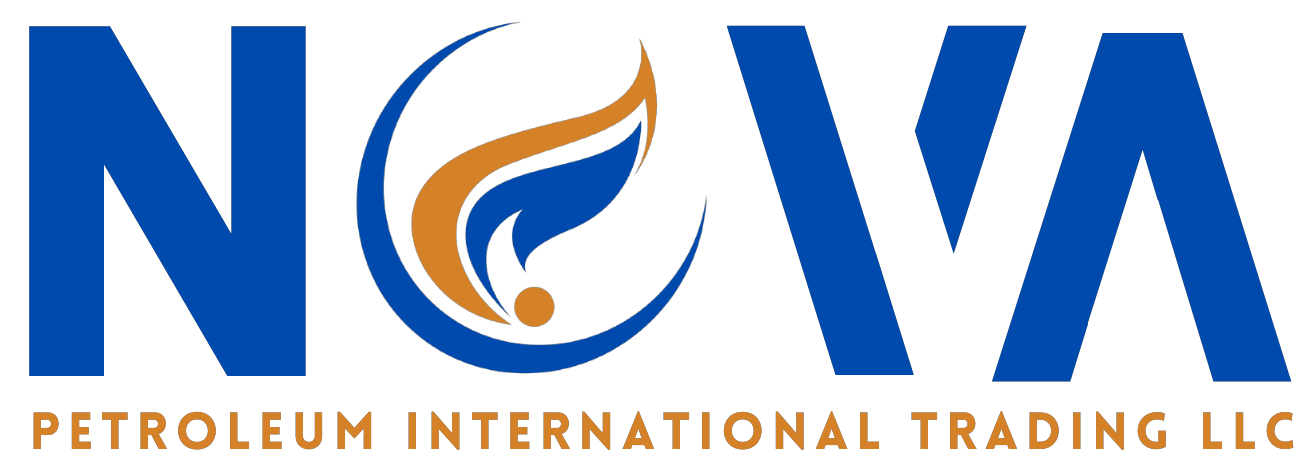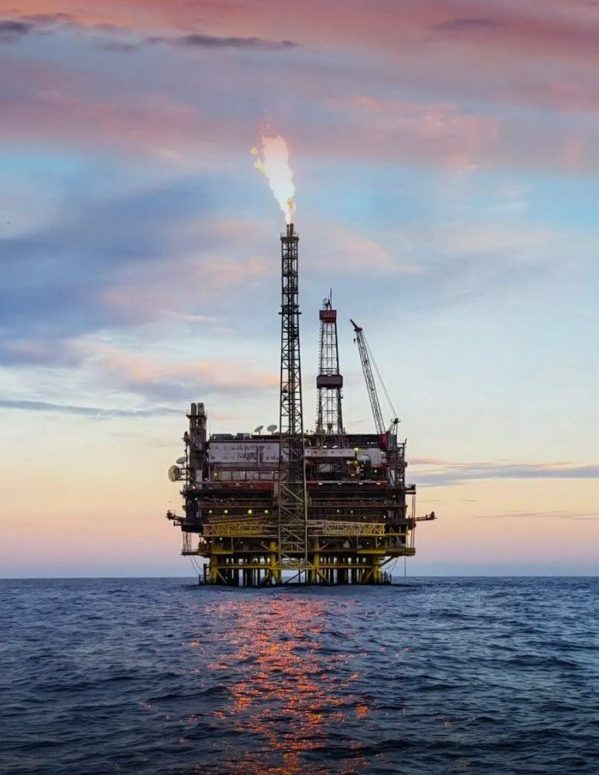By 2030, the fuel value pool will only represent 59 percent of the total in developed markets, but it will still be more than 80 percent in most developing countries.
Multiple trends are disrupting the fuel-retail like never before, generating a meaningful shift in the value pools. In general, the fuel value pool will decline, driven by fuel efficiency and the substitution of traditional internal-combustion-engine cars by electric vehicles (EVs). Nonfuel retail (NFR) will continue to grow—increasing its importance for fuel retailers—driven by general grocery growth, increasing reliance on smaller and closer convenience formats, and more sophisticated practices and value propositions being deployed by fuel retailers. Also, EV charging will emerge as a new attractive and relevant value pool if fuel retailers succeed capturing the on-the-go charging occasion.
However, the speed at which this transition will happen will differ dramatically around the world. In China and developed countries, the fuel value pool will decline at –2 to –3 percent CAGR; NFR and e-charging will grow considerably, representing more than 40 percent of the EBITDA by 2030. On the other hand, transition will happen at a slower pace in developing countries, in which the fuel demand will stay relatively flat (or even grow in some regions, such as Africa and India) and will still represent 83 percent of the EBITDA through 2030.



Hi, this is a comment.
To get started with moderating, editing, and deleting comments, please visit the Comments screen in the dashboard.
Commenter avatars come from Gravatar.